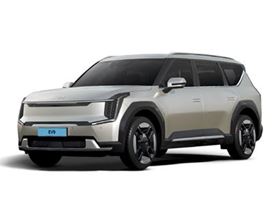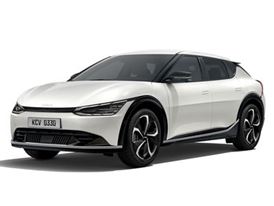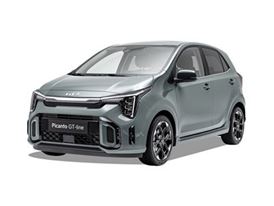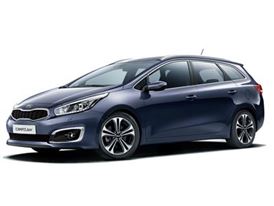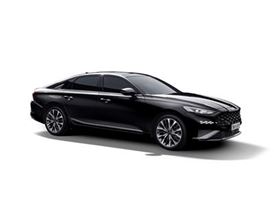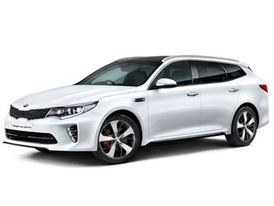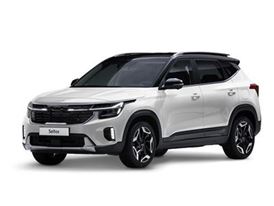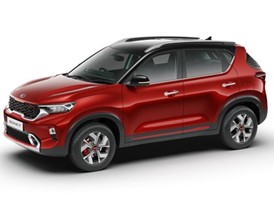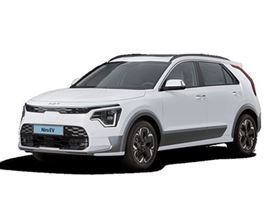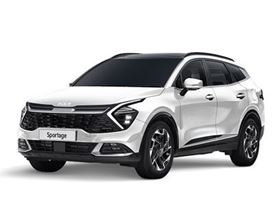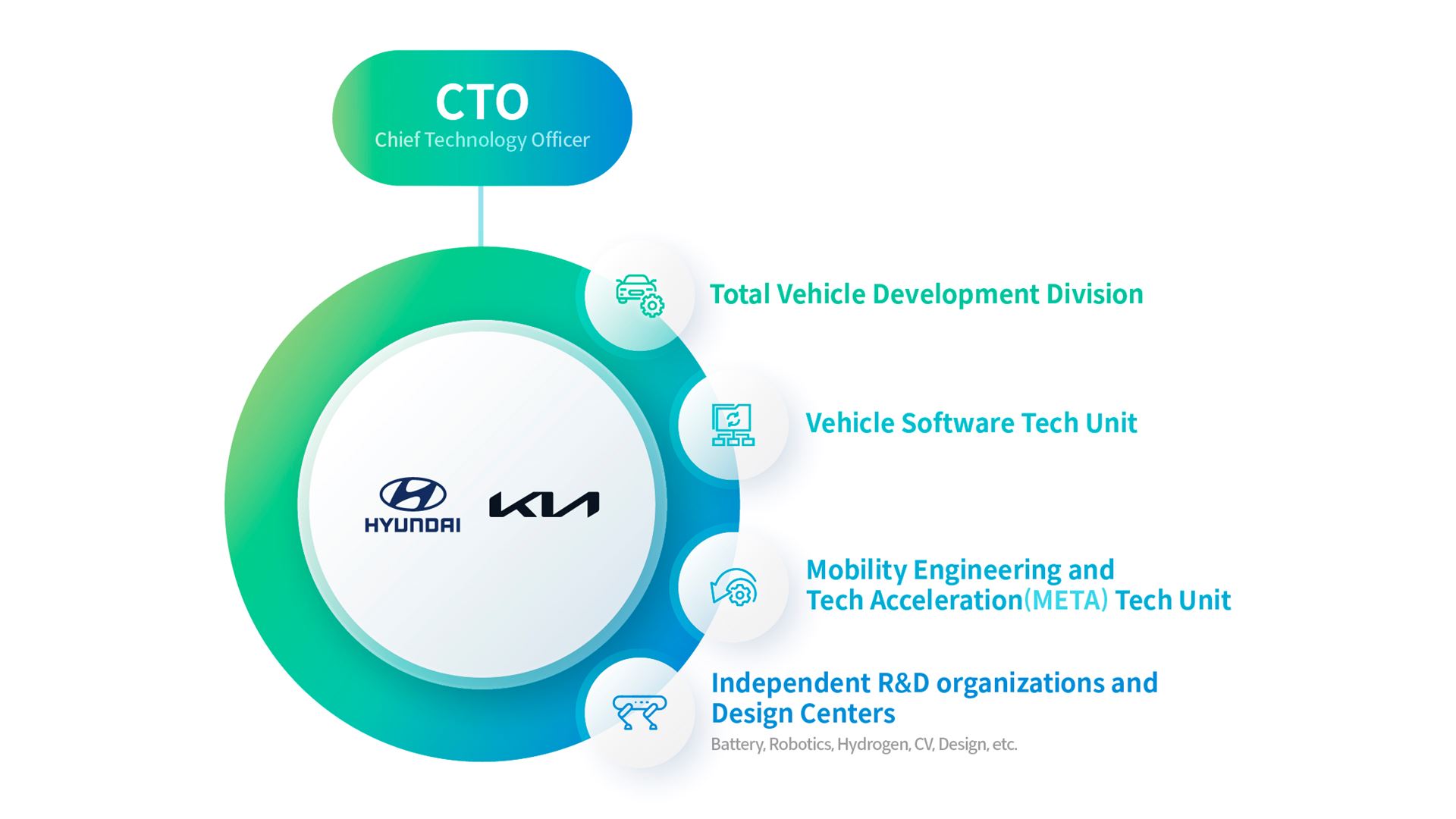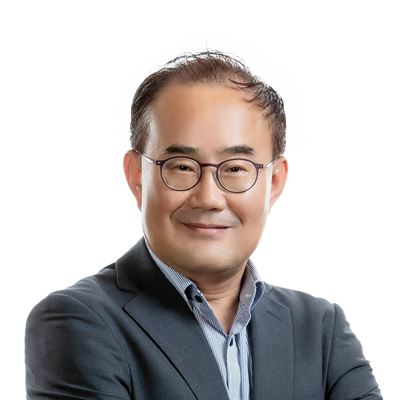Hyundai Motor and Kia Revamp R&D Organization to Make it More Agile, Flexible and Independent Like Startups
- Hyundai Motor and Kia’s R&D organization shifts to become optimized for Software Defined Vehicles (SDV) and new technology development from vehicle-focused development
- The restructure aims to accelerate the electrification transition, SDV advancement and next-generation technology development, while enhancing new business competitiveness
- Each technology team to form Allianced Tech Organization (ATO) within revamped R&D organization in order to effectively respond to the rapidly changing mobility landscape and meet ongoing changes in global consumer demands
- Total Vehicle Development (TVD) Division to be reorganized into vehicle classes to streamline new vehicle development of Hyundai, Kia, and Genesis brands and focus on advancing electrification
- Vehicle SW Tech Unit to bring together software technologies and advance SDV development, including electronics, infotainment, autonomous driving and vehicle control capabilities
- Mobility Engineering and Tech Acceleration (META) Tech Unit to lead the development of advanced technologies, including innovative next-generation products and platform technologies
- Independent R&D organizations and Design Centers for commercial vehicles, robotics, batteries, hydrogen fuel cells and design to report directly to new CTO
- President Yong Hwa Kim named Chief Technology Officer of revamped R&D organization, while also overseeing Vehicle SW Tech Unit; EVP Heui Won Yang named Head of TVD Division
Hyundai Motor Company and Kia Corporation today announced they are reorganizing their joint research and development (R&D) organization to flexibly respond to the rapidly changing global automotive industry, advance the transition to electrification and accelerate the development of Software Defined Vehicles (SDVs). The new R&D organization will transform from a centralized structure focused on vehicle development to an independent Allianced Tech Organization (ATO).
By establishing an R&D organization that enables the timely development of innovative devices and services, Hyundai Motor and Kia are committed to leading the future mobility market where electrification and software capabilities are the key enablers.
To this end, Hyundai Motor and Kia have grouped together and elevated the areas directly related to vehicle development to enhance new vehicle development and secure quality in mass production. The companies also separated the next-generation innovative technology teams within the existing R&D Division as a stand-alone Tech Unit.
The revamped R&D organization will be led by its new Chief Technology Officer (CTO), with each Total Vehicle Development (TVD) Division, Vehicle SW Tech Unit, and Mobility Engineering and Tech Acceleration (META) Tech Unit, as well as new business and Design Centers being reorganized to have their own development systems.
During this organizational restructure, Executive Vice President Yong Hwa Kim, who has been leading the R&D Division, was promoted to President and named CTO. Kim will oversee the entire R&D organization, while also taking place of Head of Vehicle SW Tech Unit. In addition, Executive Vice President Heui Won Yang, who previously held the position of Head of Total Vehicle Development Tech Unit, was named to the Head of TVD Division, securing continuity in R&D amid the extensive organizational restructuring.
“The new R&D organization will be fast and flexible, operating with the agility of a startup, and will enable us to lead in the rapidly changing mobility landscape,” said President and CTO Yong Hwa Kim. “While the previous organization was focused on the efficient development of vehicles, the new dynamic structure will meet ongoing changes in global consumer demands and expands the organization to deliver aligned solutions in future mobility, electrification, software and robotics.”
Under the new system, each Division, Tech Unit, and Center will independently focus on their technology development, whereas for cases where collaboration is required, organizations can come together and separate as needed to perform flexibly, similar to a startup.
In order to build a dynamic R&D system that can flexibly respond to rapid changes in the external business environment, Hyundai Motor and Kia have opted for a major reorganization that completely transforms its perspective instead of making incremental changes.
The reorganization is focused on continuing the transition to electrification and software-centered development, strengthening capabilities to create next-generation technologies and securing future growth engines in new business areas. Based on these efforts, Hyundai Motor and Kia expect to accelerate their journey to become smart and sustainable mobility solution providers.
Total Vehicle Development (TVD) Division to develop models by classes to secure competitiveness in new vehicles, including EVs
The new TVD Division will oversee the overall process of new vehicle development, including electric vehicles (EVs). With the creation of the TVD Division, Hyundai Motor and Kia have elevated the organization responsible for product integration development to Division level with the aim of strengthening core capabilities in vehicle development.
Under this restructuring, TVD Division established the Genesis Development Tech Unit and Vehicle Development Tech Unit 1 for multipurpose vehicles and compact cars, as well as the Vehicle Development Tech Unit 2 for medium to large-sized vehicles. This new organizational structure will facilitate efficient new vehicle development at the brand and platform levels.
Within each unit, there is a dedicated Project Manager (PM) organization overseeing product development for each model, supported by engineering design and test centers reporting directly to them. This structure ensures a seamless and organic development process within each Tech Unit, preventing any interference between brands and vehicle classes.
It also facilitates clear differentiation in vehicle concepts, ultimately enhancing the competitiveness of Hyundai Motor and Kia’s products. Moreover, this collaborative environment will foster the growth of automotive engineers specializing in cutting-edge convergence technologies.
Hyundai Motor and Kia are intensifying efforts to enhance EV development and production capabilities, ensuring top-tier competitiveness in electrification.
The EV organization, including the Electrified Propulsion Engineering Design Center and Electrified Propulsion Test Center, now operates directly under the TVD Division, enabling agile decision-making and driving innovative technological advancements. Dedicated research organizations focused on all-electric driving range and EV safety have also been established, expediting the efficient development of critical electrification technologies.
Hyundai Motor and Kia have high expectations that this organizational restructuring will lead to substantial improvements in the completeness and speed of new model development, with a particular focus on EV lineups.
Vehicle SW Tech Unit to secure industry-leading competitiveness for SDV transition
The expanded Vehicle SW Tech Unit, under the direction of the new CTO, seeks the most efficient way for Hyundai Motor and Kia to transition to an SDV system.
To ensure consistency in software development and build a more robust development system, Hyundai Motor and Kia added the Autonomous Driving Center, Vehicle Control Development Center and Digital Engineering Center to the Vehicle SW Tech Unit, which previously consisted of the Electronics Development Center and Infotainment Development Center. By bringing together these software-related organizations under one Tech Unit, the companies expect organic collaboration between organizations and a concentration of human and material resources.
The Vehicle SW Tech Unit will carry out research and development on the electronic architectures and integrated control strategy for Hyundai Motor and Kia models. It will also work closely with the SDV Division and 42dot to successfully fulfill the Hyundai Motor Group’s SDV strategy.
Hyundai Motor and Kia are focusing on developing automotive software in line with the Group’s SDV development vision unveiled at the ‘Unlock the Software Age’ global online forum in October 2022.
Based on the Domain Centralized Architecture, vehicle control systems are integrated into four domains. Through this structure, the vehicle control software system will be unified and various vehicle features can receive over-the-air (OTA) updates.
Hyundai Motor and Kia are also developing software and related devices from the perspective of a holistic user experience (Holistic UX), where mobility devices are connected to smartphones under one operating system and a vast amount of mobility data and AI technology can understand user intent so that all experiences are naturally connected.
Mobility Engineering and Tech Acceleration (META) Tech Unit to drive product innovation through next-generation platforms and technology development
META Tech Unit is an organization designed to lead the development of innovative next-generation products. The division consists of the Mobility Tech Center, Vehicle Performance Tech Center, Vehicle Architecture Development Center and Materials Research & Engineering Center, which consolidate the previously decentralized organizations that promote advanced technologies and basic performance in the areas of electrification, chassis and body.
The new Mobility Tech Center will be responsible for the development of future innovative technologies and mobility concepts as well as securing next-generation architecture technologies. The also newly established Vehicle Performance Tech Center will be responsible for the mass application of outstanding technologies for high-performance vehicles as well as the proactive research and improvement of basic vehicle performance.
The Vehicle Architecture Development Center has significantly strengthened its functions for architecture-based development, with areas such as development cost and virtual development also being integrated under the Center
Hyundai Motor and Kia are expected to increase the completeness and speed of the architecture development process while improving profitability.
Also, the replacement of the Vehicle Architecture Development Center under the META Tech Unit, is significant in that it creates a development environment where next-generation technologies and basic performance can be seamlessly transferred to mass-produced vehicles while inheriting the modular architecture development system.
The Materials Research and Engineering Center, which was previously an independent organization of R&D, has been able to collaborate with other R&D organizations working on innovative products.
Independent R&D and Design Centers to enhance competitiveness through independent research and organic collaboration
Hyundai and Kia have maintained an independent R&D structure for Design Centers and business units, such as commercial vehicles, batteries, robotics and hydrogen fuel cells, except passenger vehicles. These businesses have been placed under the direct supervision of the new CTO.
These Tech Units and Centers will operate independently, conducting research and development in their respective fields while also nurturing organic collaboration with other departments as needed, with the aim of enhancing competitiveness.
Revamped R&D organization paves the way for strengthening technology leadership in the future automotive industry
In 2003, Hyundai Motor and Kia established an integrated division that brought together R&D functions that had previously been spread separately across the country to improve its R&D capability. In the mid-2000s, when sales volumes accelerated rapidly, Hyundai Motor and Kia reshuffled the organization into a platform-based structure by vehicle type and class to better segment the development of a diverse product lineup, including global strategic vehicles.
The companies also carried out continuous organizational restructuring in 2012. The Division reorganized with the goal of strengthening basic vehicle performance and customer-centric values. In 2019, the companies established an architecture-based system structure to secure technological competitiveness.
Likewise, Hyundai Motor and Kia have continuously revamped their R&D Division to strengthen their technology leadership, which has become increasingly recognized by media and other organizations in the new EV era. The R&D organizational changes are expected to further enhance the companies’ position in the future automotive industry and accelerate their progression into smart and sustainable mobility solution providers.
MEDIA
MORE FROM Asia / Pacific News
-
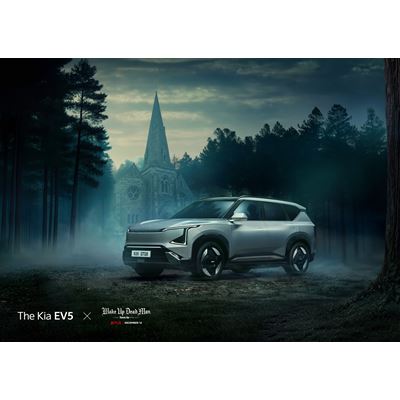


Kia Launches Netflix Film Collaboration: ‘The Kia EV5 x Wake Up Dead Man: A Knives Out Mystery’
-
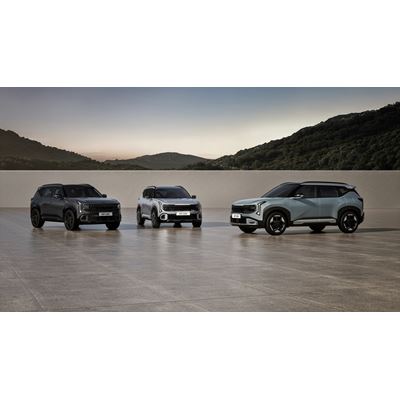


Kia Unveils the all-new Seltos: a Bold SUV with a Strong Presence and Maximized User Experience
-



Kia Launches ‘Inspiration Connects Us All’ Campaign Ahead of FIFA World Cup 2026™
-
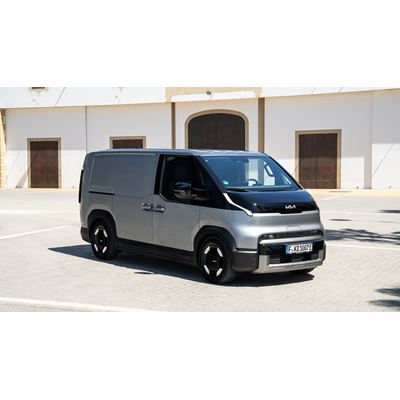


Kia PV5 Cargo Achieves Maximum Five-Star Rating in 2025 Euro NCAP Commercial Van Safety Assessment
